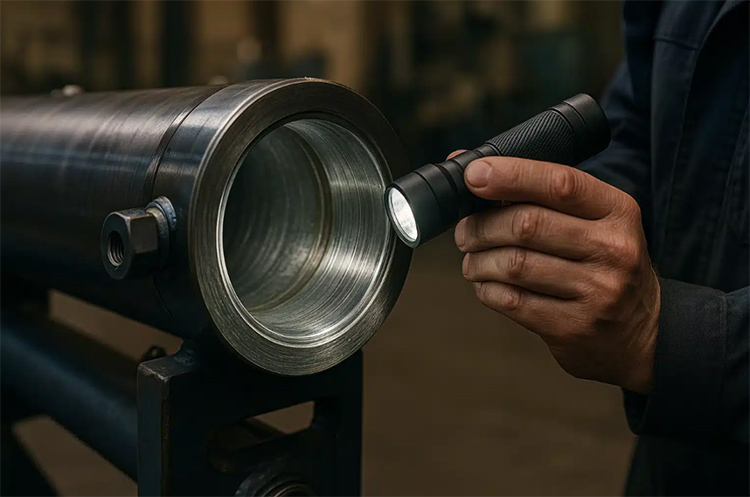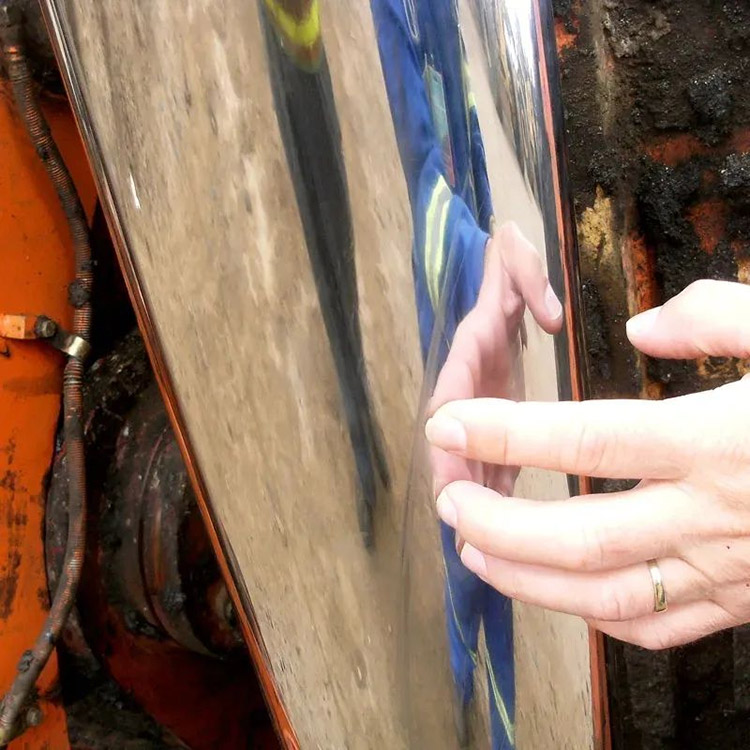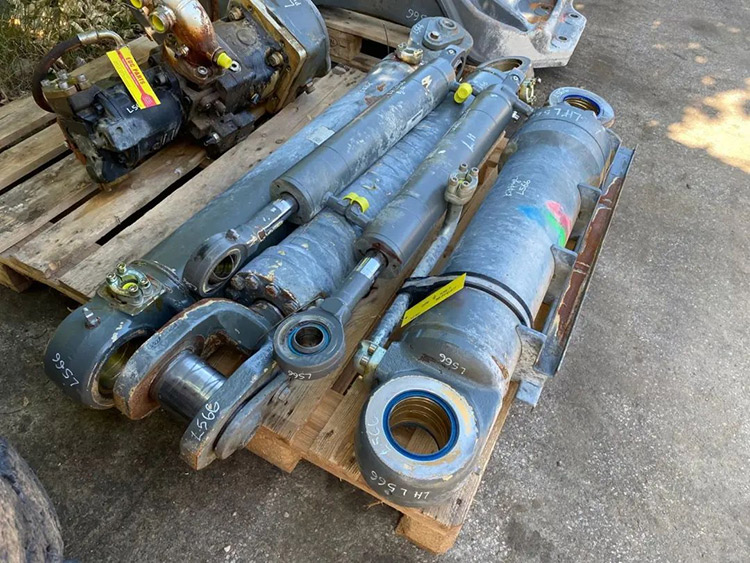- English
- Español
- Português
- русский
- Français
- 日本語
- Deutsch
- tiếng Việt
- Italiano
- Nederlands
- ภาษาไทย
- Polski
- 한국어
- Svenska
- magyar
- Malay
- বাংলা ভাষার
- Dansk
- Suomi
- हिन्दी
- Pilipino
- Türkçe
- Gaeilge
- العربية
- Indonesia
- Norsk
- تمل
- český
- ελληνικά
- український
- Javanese
- فارسی
- தமிழ்
- తెలుగు
- नेपाली
- Burmese
- български
- ລາວ
- Latine
- Қазақша
- Euskal
- Azərbaycan
- Slovenský jazyk
- Македонски
- Lietuvos
- Eesti Keel
- Română
- Slovenski
- मराठी
- Srpski језик
Is it worth repairing a leaking hydraulic cylinder?
2025-07-24
Introduction
Hydraulic cylinders are critical components in various industrial and mobile equipment, responsible for converting hydraulic energy into linear motion. Over time, wear and tear can lead to leaks, often caused by damaged seals, worn cylinder walls, or piston rod issues. Deciding whether to repair or replace a leaking hydraulic cylinder requires careful evaluation of its condition, including internal damage, piston rod integrity, and overall service history. This guide outlines key assessment steps—such as inspecting cylinder bore scratches, checking piston rod wear, and considering operational lifespan—to help determine whether a repair is cost-effective or if replacement is the better option. Additionally, it provides essential safety precautions and assembly tips to ensure a successful repair process.
1.Cylinder Condition Assessment
Before deciding to purchase a new hydraulic seal, check the inside of the cylinder for any scratches. If the cylinder is damaged, no matter how high the repair quality is, it will immediately cause the seal to leak.
Put a clean finger into the cylinder and touch the inner wall to check: any scratch deeper than 0.5mm (about the thickness of a fingernail) will cause persistent fluid contamination problems. At the same time, observe whether the inner wall of the cylinder has uniform fine grinding lines. If there are bright spots or grooves, it may be a sign of piston damage. Before ordering replacement parts, you must first master the method of accurately measuring the hydraulic cylinder.
Professional maintenance personnel will use an internal diameter gauge to measure the exact size. If the cylinder wear exceeds 0.127mm, it usually needs to be replaced or sleeved, rather than relying solely on the hydraulic seal repair kit.

alt. Use a flashlight to check the inner wall of the hydraulic cylinder
2. Piston Rod Damage Assessment
Any pitting or bending of the piston rod will inevitably cause the new hydraulic seal to fail prematurely. When inspecting, rotate the piston rod slowly in full light and carefully examine the entire surface.
Minor scratches may be repaired by polishing, but once deep grooves, chrome peeling or obvious bending appear, the piston rod must be replaced. In most cases, the cost of professional chrome plating is about 60%-70% of that of a new piston rod.

alt. Carefully inspect the piston rod surface
For multi-stage telescopic hydraulic cylinders, each stage needs to be inspected one by one.
Damage to the inner cylinder is often hidden during normal operation, but when side loads occur, it will cause internal leakage between cylinder components.
3. Service Life And Service History Under Severe Working Conditions
Hydraulic cylinders that have been used for more than 10 years or have undergone multiple repairs have a higher risk of seal failure.

alt. Hydraulic cylinders in need of repair
Metal fatigue and repeated thermal cycling can weaken components, which is not something that can be solved by replacing new hydraulic seals.
Equipment used in harsh conditions ages faster. Chemical attack, extreme temperature differences, and corrosion accelerate wear of all hydraulic components (not just seals).
Also consider the value of the cylinder and the lead time for replacement. For emergency backup systems, it may be reasonable to attempt a repair even if there are marginal problems that may eventually lead to seal failure.
4. Hydraulic Component Maintenance Safety First Steps
Before disassembly, always release system pressure completely.
When securing the hydraulic cylinder, clamp the trunnion with a vise with soft jaws - never clamp the cylinder or piston rod.
During disassembly, record the exact orientation of the hydraulic seal: you can take photos or draw a picture to clearly mark the position and orientation of each component to avoid errors during reassembly.
5. Key Assembly Tips To Prevent Seal Leaks
Before reassembly, each hydraulic component must be thoroughly cleaned - even microscopic debris can cause seal failure immediately.
When installing, lubricate all seals with clean hydraulic oil (unless otherwise required, grease is strictly prohibited). Use tools of matching size and apply even and gentle force to avoid applying side loads.
During assembly, pay special attention to protecting the sealing lip to prevent damage. Many hydraulic cylinder seals are designed to be directional and must be installed in the correct orientation to work properly.
Summary
Repairing a leaking hydraulic cylinder can be a cost-effective solution, but its feasibility depends on several factors. A thorough inspection of the cylinder bore, piston rod, and seals is essential—deep scratches (>0.5mm), chrome peeling, or excessive wear often necessitate replacement rather than repair. Additionally, cylinders subjected to harsh conditions or with a long service history may have underlying metal fatigue, making repairs less reliable. Safety during disassembly and proper reassembly techniques—such as correct seal orientation and contamination prevention—are crucial for a long-lasting fix. Ultimately, if the cylinder’s core components are in good condition, a seal replacement can restore functionality; otherwise, investing in a new or reconditioned cylinder may be the more economical choice in the long run.




